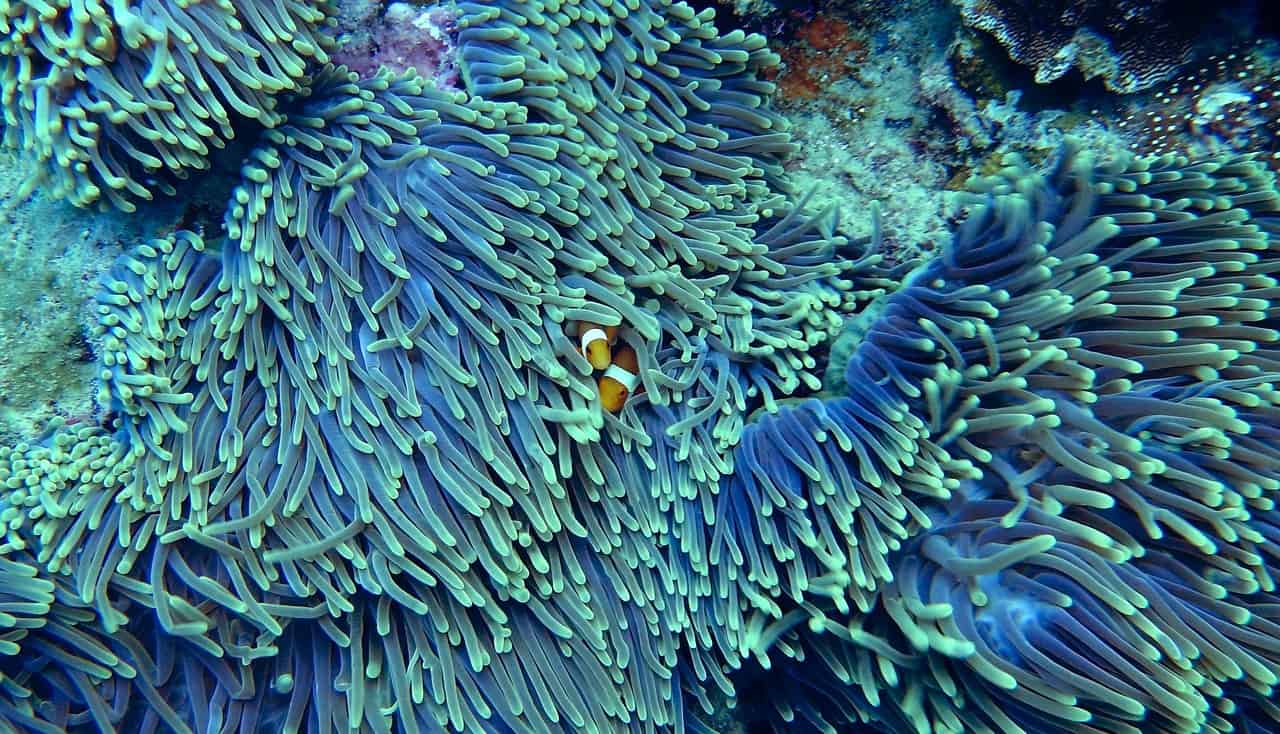Coral disease is likely to become endemic to reefs around the world by the next century, according to a new study. Researchers from the University of New South Wales estimated almost 80% of corals would catch the disease by 2100, which threatens to wipe out entire reef habitats and devastate coastal communities that rely on them.

Corals are very important in the marine ecosystem, supporting about a quarter of the world’s fish. They also sustain the livelihoods of 500 million people that depend on coral reefs for fisheries and tourism, as well as the protections they provide from storms and coastal erosions. The economic benefits of coral reefs are estimated to be worth $30 billion annually.
For their research, the scientists analyzed over 100 studies that assessed coral reefs for disease symptoms. They then linked the disease surveys to ocean sea surface temperature records. They found coral disease tripled over the past 25 years to 9.9% globally and predicted disease prevalence to reach 76.8% in 2100.
“Coral disease is a serious cause of coral mortality globally and reef decline, and our modelling predicts it will only continue to worsen – even if ocean temperatures remain conservative,” study lead author Samantha Burke said in a media statement.
“Without urgent action to address warming temperatures, more coral will become diseased.”
Expanding coral disease
Coral disease emerges when the immune system of corals is weakened, typically due to infection by pathogens such as bacteria or fungi, leading to illness in these marine organisms. It’s distinct from coral bleaching, a phenomenon in which corals expel the algae residing in their tissues, resulting in the loss of their vibrant colors.
Corals need a precise range of conditions to survive, including water temperature, acidity, salinity, and quality. Living outside this normal range can make corals stressed, meaning less able to grow and reproduce and more vulnerable to infection. Rising water temperatures can also increase the virulence or growth rate of disease-causing organisms.
The study found coral disease will intensify to a greater extent in the Pacific Ocean than in the Atlantic Ocean or Indian Ocean based on current data.
“Particular oceans are more at risk, but it’s difficult for us to know whether that is solely from warming ocean temperatures or combined with the many other stressors coral face,” Burke said.
Several coral diseases are recognized by their appearance, such as black band disease. However, there’s still a lack of scientific understanding regarding the specific pathogens responsible for many of these diseases.
“It’s still relatively unknown whether the microbes associated with diseased coral are the cause or a symptom of disease,” Burke said.
The researchers said more studies into coral disease could help scientists develop more effective interventions and demonstrate the complexity of the threats that coral reefs face. Burke said there won’t be a silver bullet, like a universal antibiotic.
“We need to take many steps forward to develop effective mitigation strategies,” she added.
The study was published in the journal Ecology Letters.






